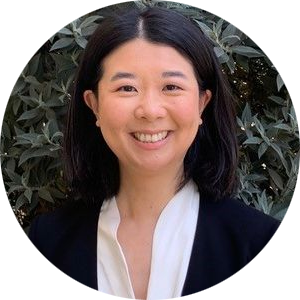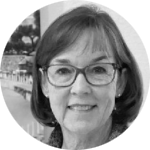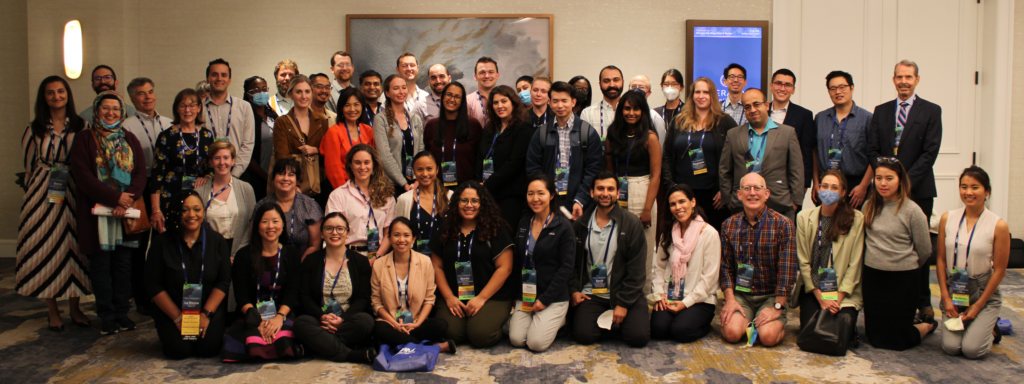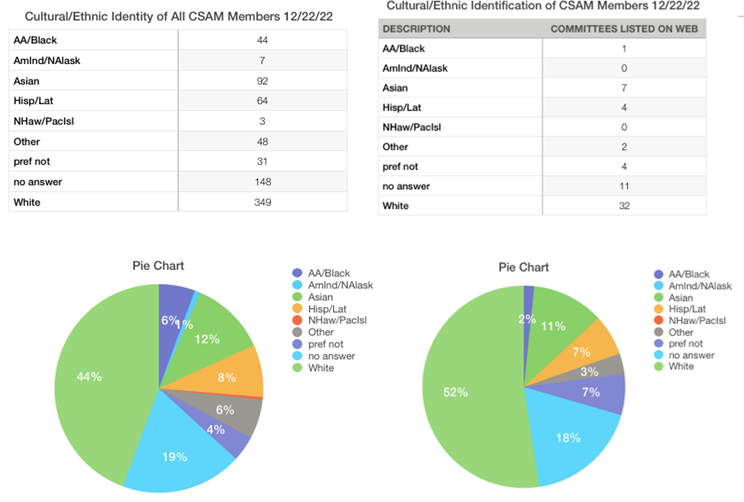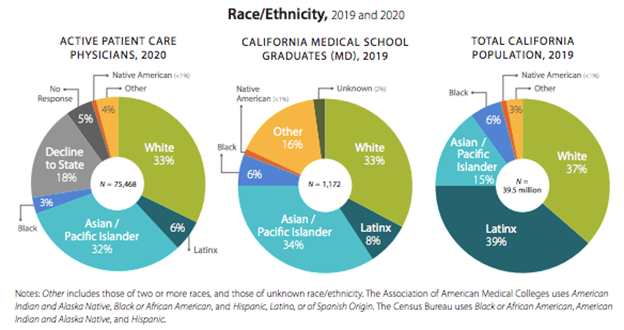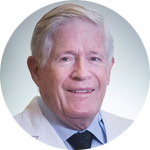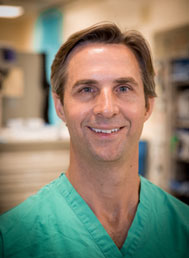JOIN US FOR THIS EXCITING WORKSHOP AUGUST 30, 2023 in San Diego!
with Ingeborg Schafhalter, MD, IASC Committee Chair
How did the idea for CA Bridge come to life?
The idea for CA Bridge began in 2017 when we realized that the emergency department was this incredible 24-7 access point for people in crisis from substance use disorders. The emergency department is the only place in the healthcare system that federal law guarantees access to treatment no matter your insurance or citizenship status, and our patients know that. There is a tremendous amount of trust and reliance on the emergency department particularly by people facing social challenges. It might be busy and loud, but you can trust it. Unfortunately, that’s not true in most other settings in healthcare, even safety net systems often maintain standard workflows that block access to treatment or create onerous eligibility tests and delays.
From an access standpoint the emergency department is ideal, the problem has been that most healthcare leaders both on the medical side and on the administrative side have not considered substance use disorders a legitimate medical condition on par with cardiovascular disease. That means the general treatment expectations have been only the most basic interventions to keep a patient alive with little to no attention paid to the treatment of addiction. As a group, people suffering from substance use disorders have had very little advocacy, their voice is typically just not impactful at the stakeholder tables where large scale decisions around funding and resource allocation are made.
The abject horror of the overdose epidemic has been a catalyst to at least begin the long project of treating people who are suffering from addiction with dignity as any other patient. Through the incredible advocacy and powers of persuasion of people like Dr. Aimee Moulin, Dr. Hannah Snyder and Arianna Sampson, (co-founders of the CA Bridge Program), and support from the California’s Department of Healthcare Services (DHCS: https://www.dhcs.ca.gov/), the CA DPH (https://www.cdph.ca.gov/) and California Hospital Association (https://calhospital.org/) we have been given some space to explore this vision of what if you combined the access capacity of an emergency department with competency in the medical treatment of addiction to provide high-quality care 24-7 for substance use disorders. It’s so simple yet so ambitious, if we can get this done it will save thousands of lives and just become part of healthcare…like strokes, heart attacks, and all the other things we treat in the emergency department every day.
Are there latest findings or practices?
The big finding is that emergency department staff WANT to do this. The response from clinicians has been incredible. It’s incredibly thrilling to see over 280 hospitals, in California alone, sign on and commit to a fairly rigorous implementation project that up-trains their emergency departments to provide high quality care. With this reach, you start to see population scale impacts that I believe will start to move the needle on overdose deaths–we have seen over 70 thousand emergency department visits for buprenorphine treatment just in the last few years. Many of these people arrived in high-risk crises, either in withdrawal, having overdosed, or just been released from prison.
How has the program grown?
CA Bridge began with focus on just getting buprenorphine into standard medical practice at emergency departments in California and grew rapidly to take on all substance use disorders and creating treatment pathways that integrate emergency medical services and hospital inpatient units. Again, nothing we do is particularly innovative, it’s just building out the same care infrastructure that we do for victims of trauma or stroke. For so many reasons leaders in medicine, healthcare, and public policy decided that people suffering from substance use disorders did not merit the same care–the system we have today is very much by design. Hopefully, we can sustain and grow the outrage against this dominant belief and continue to drive progress.
The future is going to center on deconstructing the current behavioral health system that was conceptualized, designed, funded, and implemented without any serious involvement of medical science. We currently have two largely separate and often oppositional systems–the healthcare system and the behavioral health system. That is a very wasteful and unfortunate situation. The future involves building an integrated system of care from the ground up that applies medical interventions and knowledge in partnership with behavioral health models of care. Cognitive behavioral therapy, contingency management, and medications like buprenorphine should be offered together with social support. Splitting everything up has never made any sense at all. I’m very hopeful we can break through the inertia and special interests and build a commonsense system appropriately scaled to meet the needs of California.
What do you most look forward to presenting at the CSAM WORKSHOP?
I’m a pharmacology nut, so probably treatment of buprenorphine precipitated withdrawal, but in terms of impact I really think it’s within our grasp to leverage technology to create a statewide network of telehealth enabled Bridge Clinics that provide on-demand treatment (including buprenorphine) that are vertically integrated with 24-7 emergency department care and closely partnered with high-risk touchpoints–jails, syringe services programs, behavioral health residential centers–to create an always available resource. I understand we can’t snap our fingers and fix the overdose epidemic, but we can fix access to medications like buprenorphine, it’s very doable.
Dr. Andrew A Herring graduated from Harvard Medical School and completed his residency in emergency medicine at Highland Hospital—Alameda Health System (AHS) in Oakland, CA where he continues as an attending emergency physician and Director of Research. At AHS he is Division Chief of Addiction Medicine and Medical Director of Substance Use Disorder Treatment and the past Medical Director of the AHS Functional Restoration Pain Clinic. Dr Herring has led national efforts to transform hospital-based care for substance use disorders and his work has been featured in local and national press including the New York Times, Los Angeles Times and National Public Radio. Dr. Herring co-founded and is a PI at CA BRIDGE, one of largest state level efforts to promote access to medication for opioid use disorder in the hospital settings. Dr. Herring’s research has been funded by the National Institutes of Health (NIH) and the Patient-Centered Outcomes Research Institute (PCORI) and has been published in numerous journals including JAMA Open and Annals of Emergency Medicine; his work focuses on treatment of substance use disorders and pain management. He is a co-investigator NIDA CTN 0099 (ED-INNOVATION), and principal investigator for the Public Health Institute CA Bridge Outcomes Study. He has conducted health policy research as a Fulbright Scholar in Central America. Dr. Herring is board-certified in Emergency Medicine, Addiction Medicine, and Pain Medicine, and is Associate Clinical Professor of Emergency Medicine, at UCSF.


